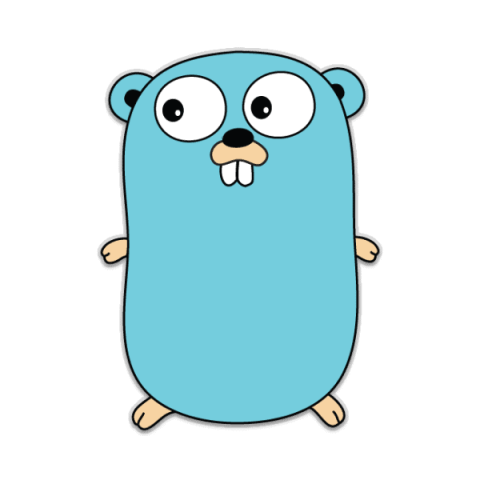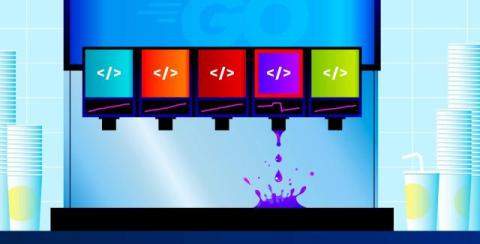Simplify DevOps tasks with this go-to cheat sheet: From Go programming to automation
DevOps is a dynamic field that bridges development and operations, ensuring seamless collaboration and faster software delivery. Whether you're just starting or looking to sharpen your skills, having quick access to essential concepts is invaluable. That’s why we’ve created a DevOps cheat sheet that covers everything from programming fundamentals to scripting and website building. This cheat sheet is your go-to resource for mastering DevOps tools, languages, and workflows.











